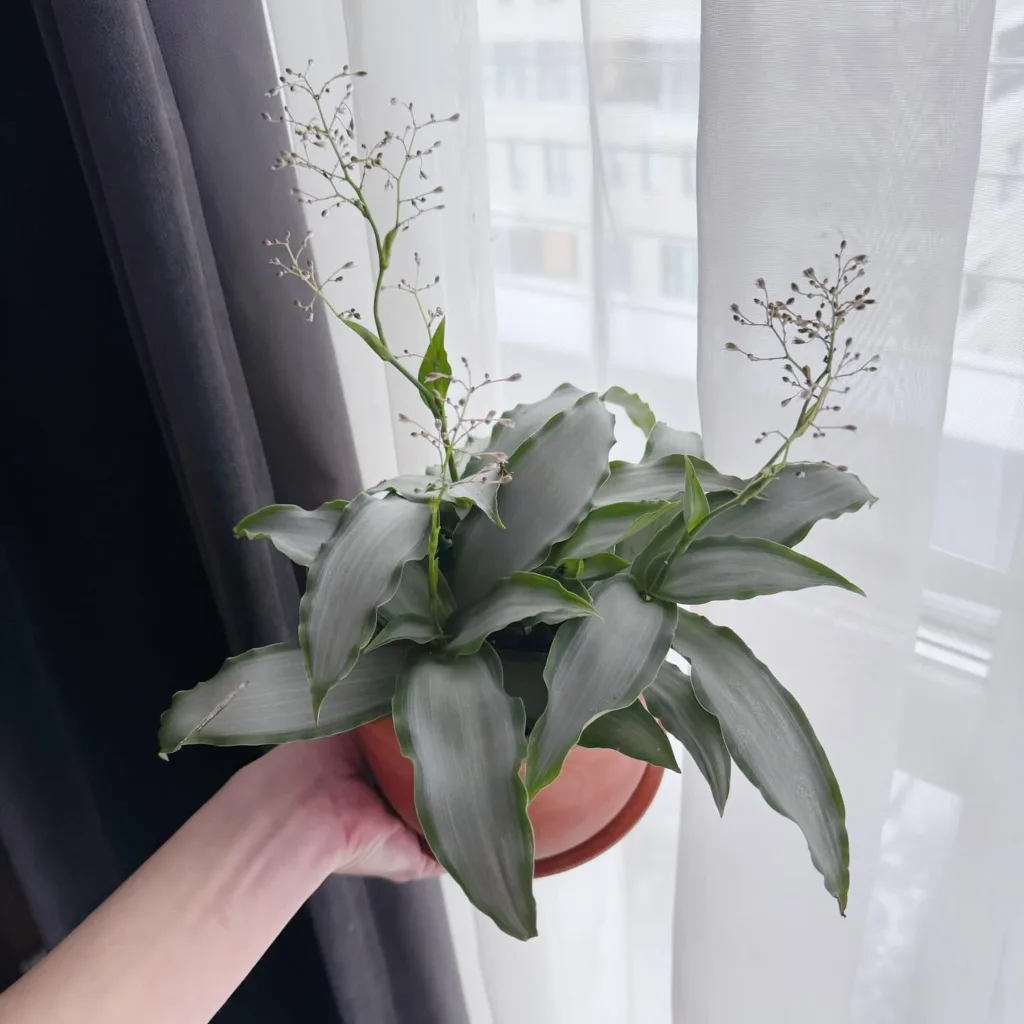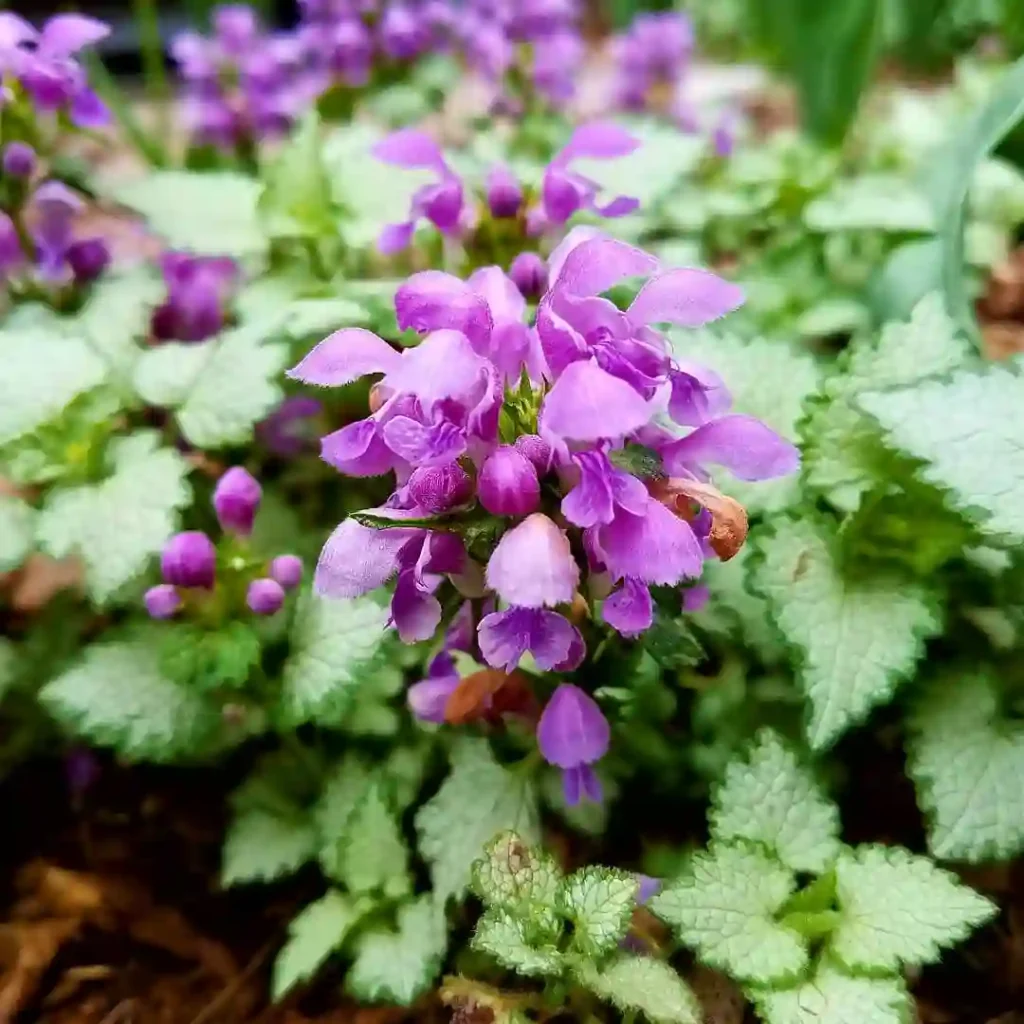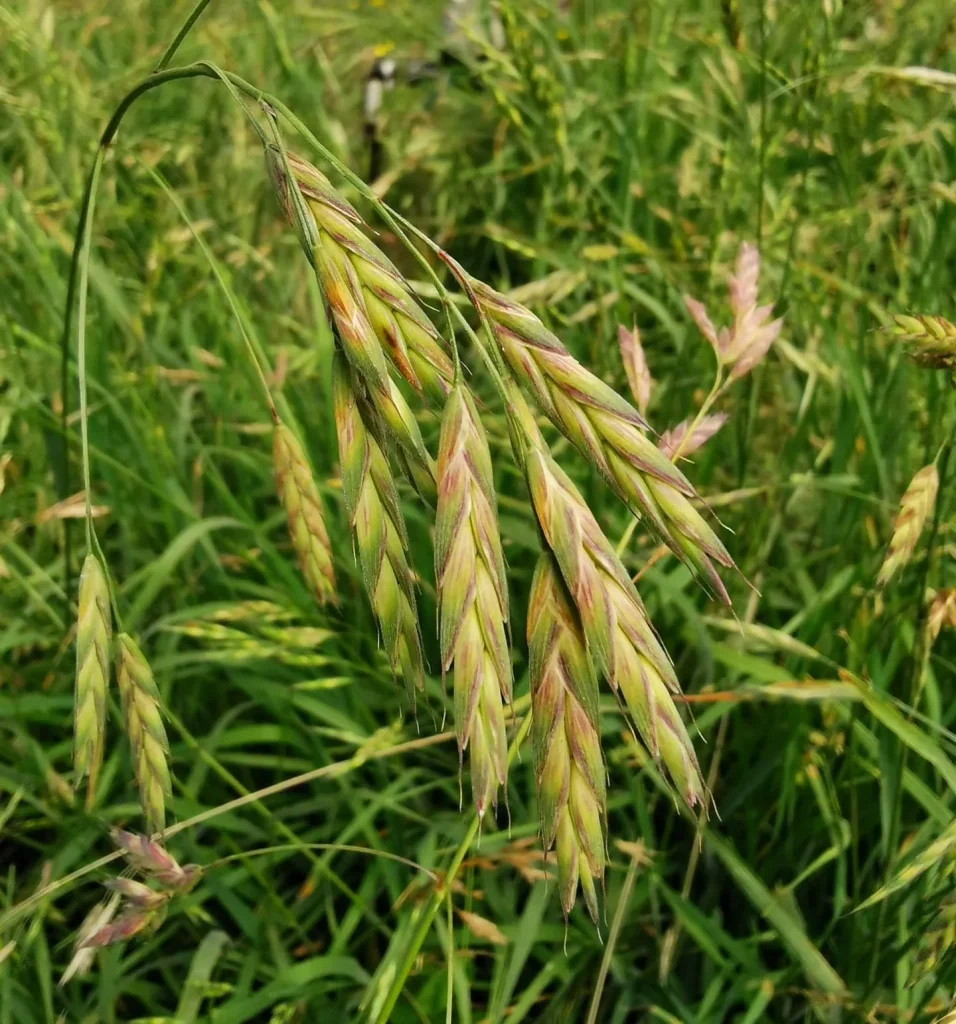All About Quercus Fusiformis: The Texas Tough Oak
Hi, I’m Ferb Vu, and I’m here to answer your questions about the Quercus fusiformis, also known as the Texas Live Oak, Escarpment Live Oak, or Plateau Oak. This magnificent evergreen (or nearly evergreen) tree is a keystone species in its native range, and for good reason.
657 Species in Genus Quercus
What is a Quercus Fusiformis?
The Quercus fusiformis is a member of the Fagaceae family, which includes beeches and chestnuts. It’s a large, spreading tree with a characteristic live oak form. Its evergreen leaves provide year-round shade and beauty, making it a popular choice for landscaping in hot, dry climates.
Where Does the Quercus Fusiformis Grow?
The native range of the Quercus fusiformis stretches from the Quartz Mountains and Wichita Mountains of southwestern Oklahoma, through Texas, and down into the Mexican states of Coahuila, Tamaulipas, and Nuevo León. It thrives in hot, dry summers and mild winters, making it well-suited for the southern Great Plains and the Chihuahuan Desert.
Quercus Fusiformis vs Virginiana
Between Quercus fusiformis and Quercus virginiana, I find Quercus virginiana, or the Southern live oak, to be more majestic and appealing. Its sprawling branches create an impressive canopy, providing ample shade, which is perfect for relaxing underneath during hot summer days. On the other hand, Quercus fusiformis, while resilient and better adapted to dry conditions, has a more rugged and less picturesque appearance. My experience with Quercus virginiana has been more positive due to its aesthetic appeal and the cool, inviting environment it creates in my yard.
How Big Does a Quercus Fusiformis Get?
These trees can be real giants. At maturity, a Quercus fusiformis can reach heights of 60 to 80 feet (18 to 24 meters) with a crown spread of 80 to 100 feet (24 to 30 meters). Their massive size and spreading branches make them majestic landscape specimens.
Is a Quercus Fusiformis an Evergreen or Deciduous Tree?
The Quercus fusiformis is considered evergreen or nearly evergreen. It holds onto its leaves most of the year, but some leaf drop may occur in particularly harsh winters. This characteristic makes it a valuable addition to landscapes where year-round greenery is desired.
How Does the Quercus Fusiformis Compare to the Southern Live Oak (Quercus Virginiana)?
The Quercus fusiformis is often confused with its close relative, the Southern Live Oak (Quercus virginiana). They share many similarities in appearance, but there are some key distinctions:
- Acorns: The acorns of the Quercus fusiformis are slightly larger and have a more pointed tip compared to the Southern Live Oak’s rounder acorns.
- Hardiness: The Quercus fusiformis is considered more cold-hardy than the Southern Live Oak. This makes it a better choice for landscapes in areas with occasional freezing temperatures.
- Habitat: The Southern Live Oak prefers coastal environments, while the Quercus fusiformis thrives further inland in drier climates.
Is the Quercus Fusiformis Easy to Grow?
The Quercus fusiformis is a relatively low-maintenance tree. It’s tolerant of drought, heat, and poor soil conditions. Once established, it requires minimal watering and thrives on neglect. However, it does benefit from occasional deep watering during extended dry periods, especially in the first few years after planting.
How Fast Does the Quercus Fusiformis Grow?
The Quercus fusiformis is a slow-growing tree, typically adding only 12 to 18 inches (30 to 45 centimeters) per year in height. However, its slow growth is compensated for by its long lifespan. These trees can live for hundreds of years, becoming majestic landmarks in the landscape.
Is the Quercus Fusiformis a Good Tree for My Landscape?
If you’re looking for a majestic, low-maintenance tree that provides year-round shade and beauty, the Quercus fusiformis is an excellent choice. It’s well-suited for large landscapes in hot, dry climates. However, its large size makes it unsuitable for small yards.
Where Can I Buy a Quercus Fusiformis?
Quercus fusiformis trees can be purchased from reputable nurseries specializing in native plants. Look for trees that are healthy and well-established in containers.
How Do I Care for a Quercus Fusiformis?
Caring for a Quercus fusiformis is simple. Plant it in a well-drained location that receives full sun. Water it regularly during the first few years after planting, but avoid overwatering. Once established, it requires minimal supplemental water. Fertilization is generally not necessary, but a light application of slow-release fertilizer in the spring can be beneficial. Prune the tree occasionally to remove dead or damaged branches and maintain its desired shape.
With proper care, your Quercus fusiformis will thrive for generations to come, providing shade, beauty, and wildlife habitat in your landscape.
If i die, water my plants!



